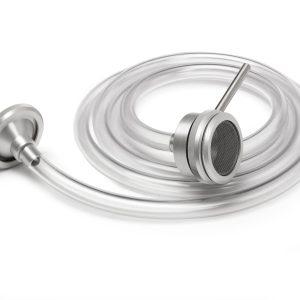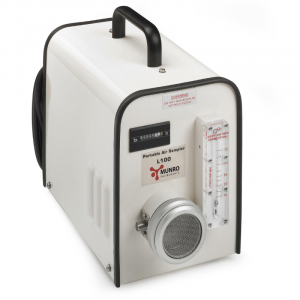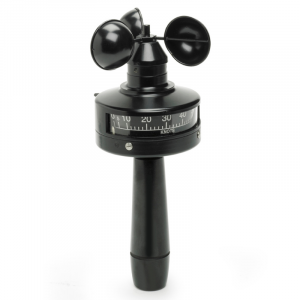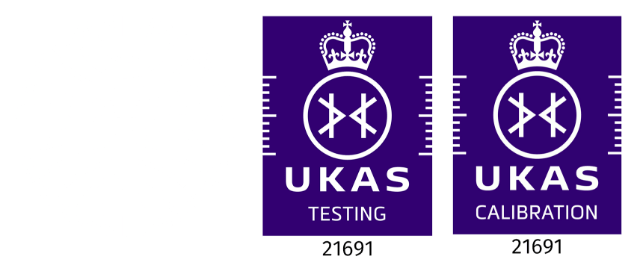Air quality refers to the condition and characteristics of the air surrounding us. Air quality has an impact on many aspects of our life on earth including health, well-being and climate change. There are a number of situations in which the immediate safety of nearby life depends on ensuring atmospheric gas concentrations do not exceed certain levels that could lead to explosion or poisoning.
Cup Anemometer For Wharfs
A cup anemometer is a crucial tool used for this purpose, offering accurate wind speed measurements that aid in maritime decision-making. What is a Cup Anemometer? A Cup anemometer is







